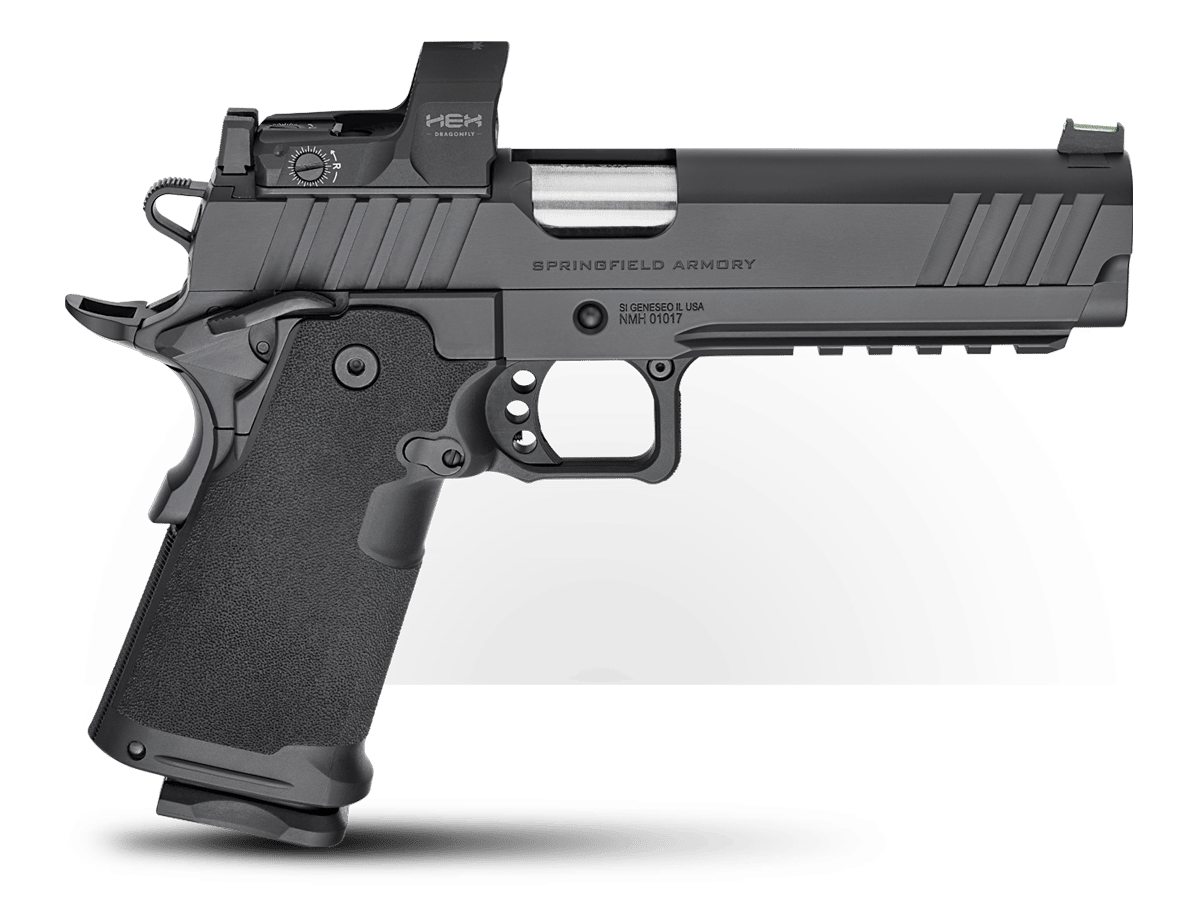Editor’s Note: The pistol shooting positions shown here are for informational purposes only and should not be attempted without a competent instructor in a safe learning environment.
In our opinion, positional shooting is often overlooked and over-complicated by many instructors or shooters. But the truth is, it’s pretty simple at its core. If you find yourself in a gunfight, your shooting stance will not match your “flat range” stance.
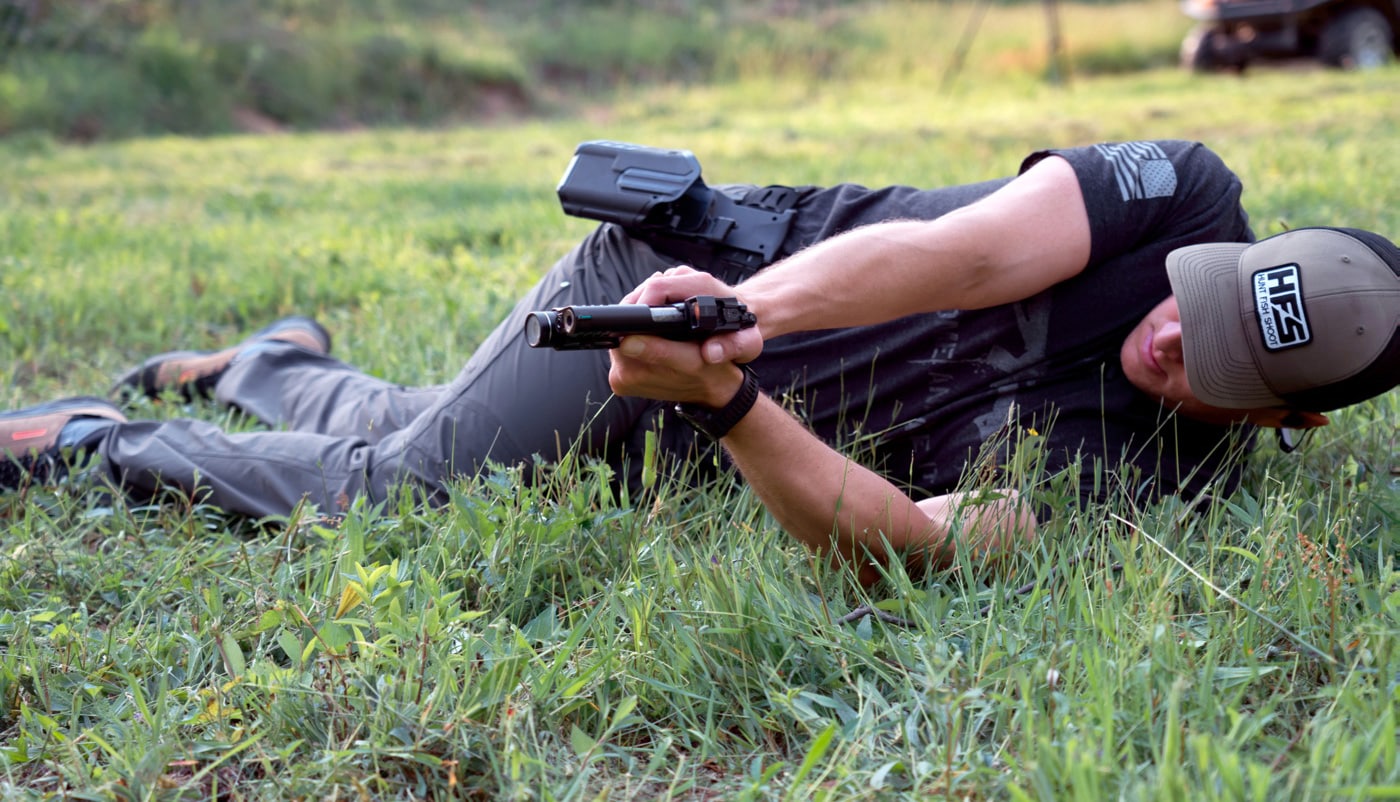
Why don’t shooters practice positional shooting? Why do a lot of instructors add fancy words or over-complicate a fairly simple task of building a repeatable shooting foundation, regardless of your body position when you shoot? We will strive to answer these questions and many more in this piece.
Safety Concerns
Before I ask shooters to train any positional shooting, a safety brief must occur. Why? Because when someone is attempting to perform simple tasks such as reloads or getting up from the ground, significant safety hazards could occur to the shooter or those around them if proper safety protocols are not followed.
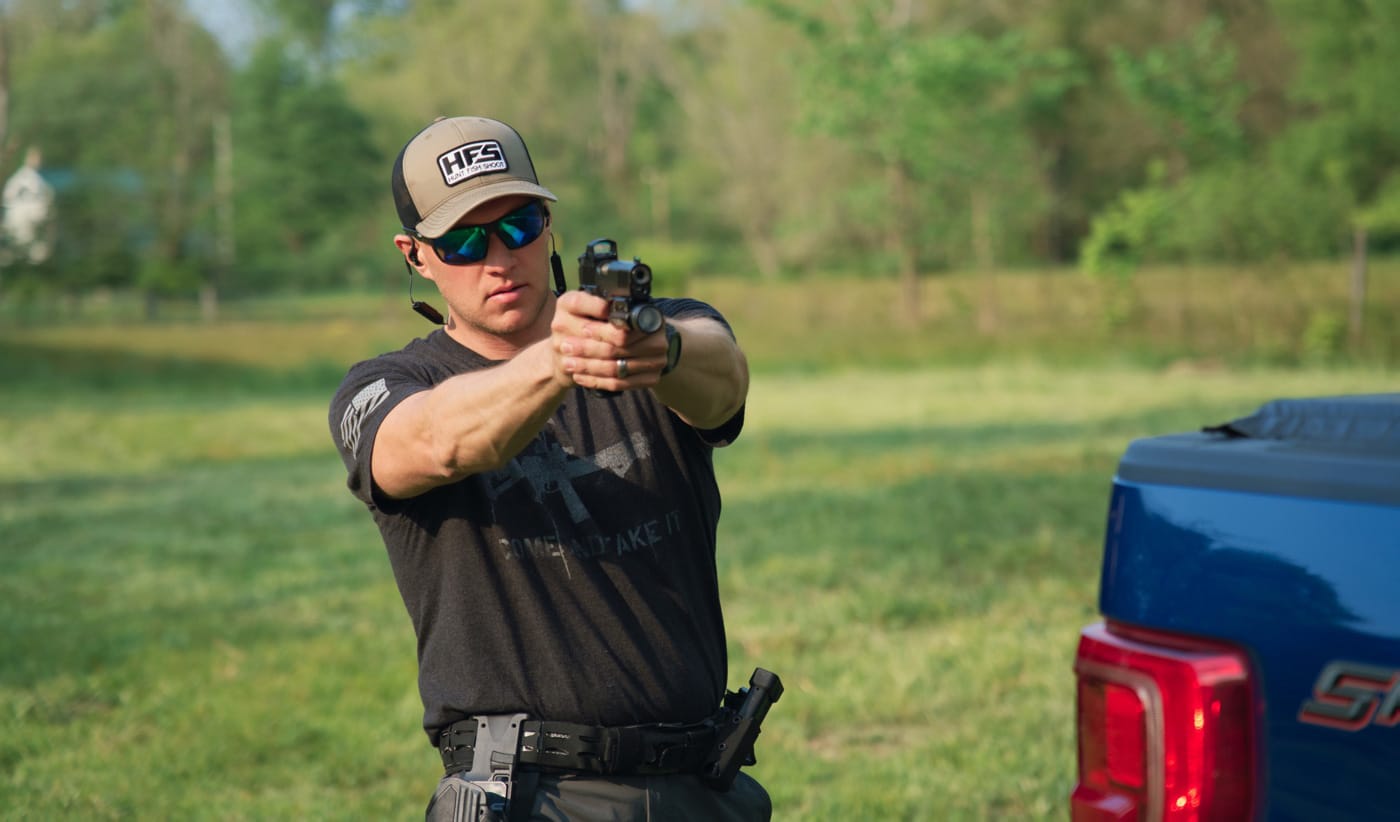
The basics of firearms safety apply, but the most important in positional shooting is muzzle direction. The muzzle must stay pointed downrange in a safe direction or at your threat. This really comes into play as one moves or rolls around on the ground, reloading or getting back upright from the ground.
Recognizing you don’t muzzle your own body parts, in particular the femoral artery as you roll from urban prone or the supine position, is as important as one would assume. Simply put, practice the positions deliberately, with good muzzle and trigger finger awareness.
The Positions
The first position of positional shooting is standing. This stance and your fundamentals of pistol shooting should be mastered before attempting to change positions. Take note of your form from the waistline up because, as we go through the positions, it will change very little.

From standing, it’s easy for a shooter to progress into crouching. The crouch position is a squat, or one where your knees are slightly bent. It will depend on mobility or what cover needs to be conformed to. Squatting is often skipped, and the shooter may go right to kneeling.
With kneeling, there is left or right kneeling and double kneeling. With each kneeling position, they have a specific use when behind cover. When I lean to the left side of cover, my left knee will be up and the right knee down to build a stable platform for leaning out from cover. This is simply reversed when shooting from the right side of cover.
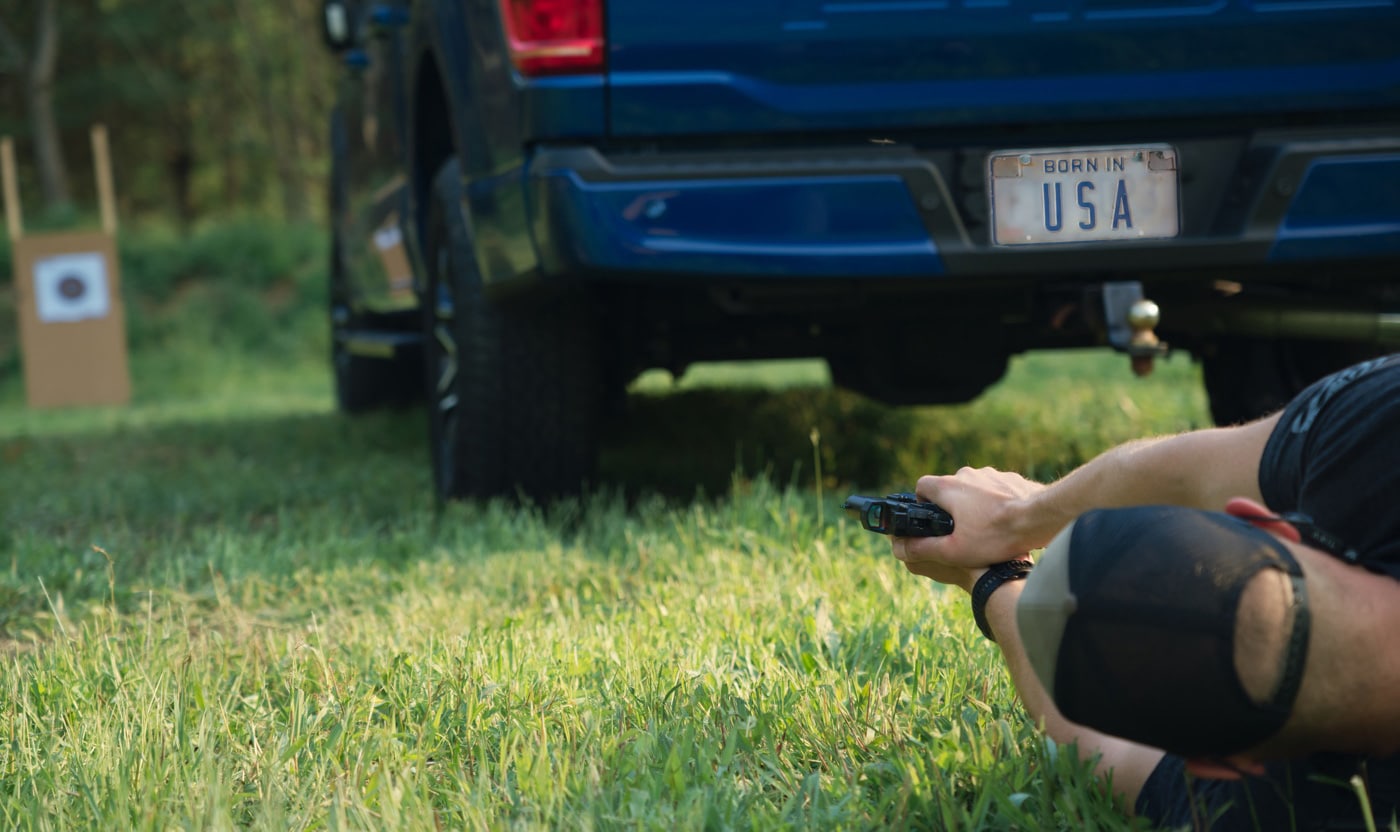
The double-kneeling position can be done while resting or sitting back on your heels and with both knees on the ground. I prefer to rest back on my heels when double kneeling as opposed to a more upright position because it’s very stable, like standing.
On the Way Up
The final three positions are extremely common if a defensive shooter is attempting to retreat or return to cover from gunfire. When someone is so threat-focused during the flight or fight response, footing can easily be lost. The shooter slips, trips or falls onto the ground. Do a quick web search and you’ll likely find a number of law enforcement shootings where the officer fell to the ground before returning fire.
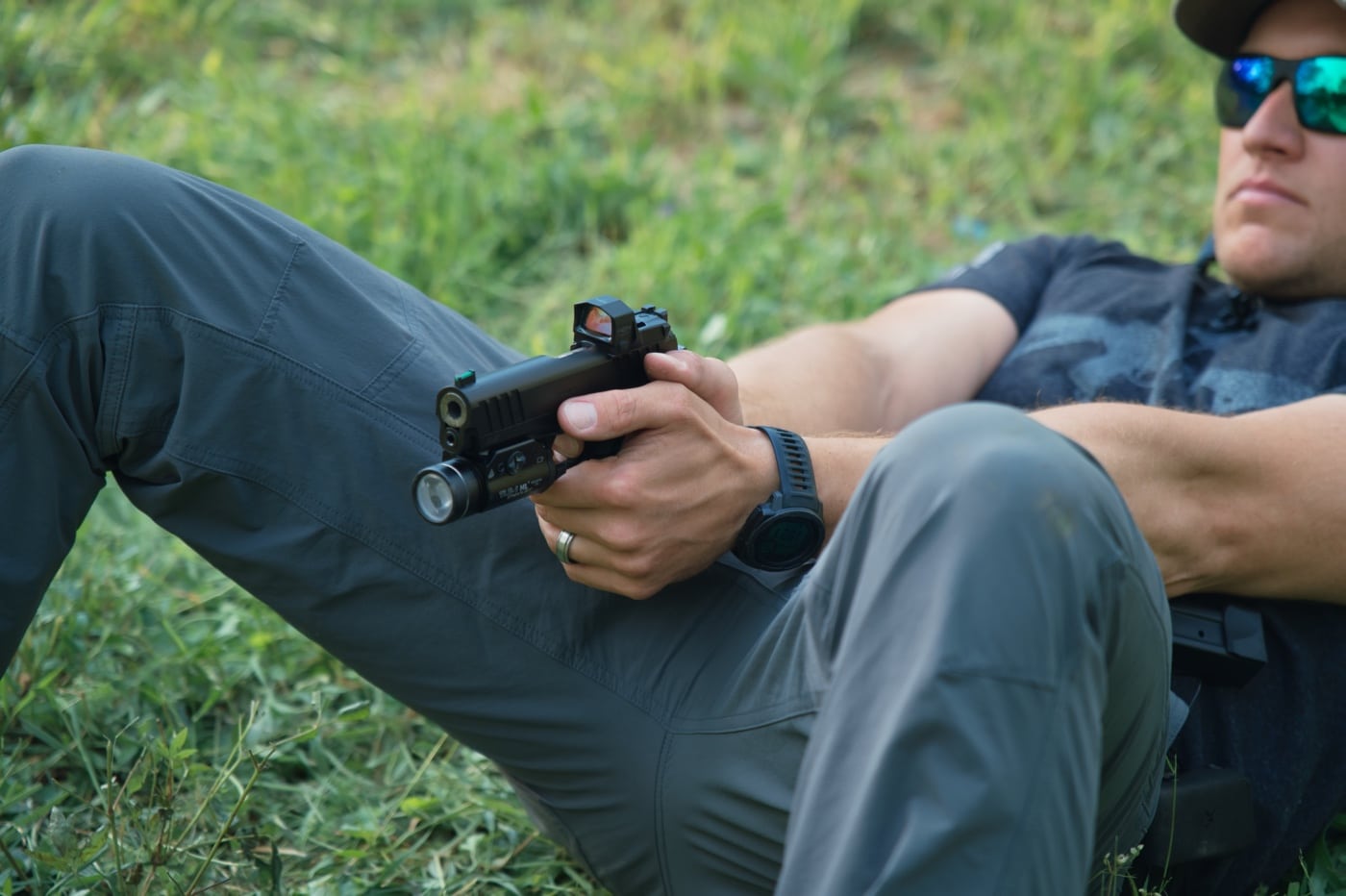
On the ground, a shooter is not as mobile; but they are not out of the fight, either. Knowing how to shoot from the ground is important, and establishing proper shooting form is paramount. Starting on your back or butt, you can shoot from what is called the supine position. Shooting from supine can be dangerous if attention is not paid to muzzle direction.
With supine shooting, the shooter will shoot between their legs. I have found this to be a fairly awkward position, but not all that hard to be accurate with when shooting. To shoot from your back, you have to lean forward off your shoulder blades and try to bend your knees slightly. Almost as if you are trying to sit straight up off your back.
This will place the muzzle of the pistol just ahead of your kneecaps, but you will shoot between your legs. It’s important to remember muzzle discipline when getting off your back because you do not want to flag your femoral arteries in your hip/groin area.
If you happen to be stuck on the ground and need to fight from there, urban-prone left or right is very useful. Especially if urban prone is used to shoot from the left or right side of cover. Urban prone is shooting from your side and then still building the upright foundation for shooting, but sideways.
If a shooter finds themselves in an urban prone left, their right knee is going to be bent forward and then placed on the ground. This will cause a slight twist at the hips, but will allow a shooter greater stability. If shooting from the right, the left knee will be placed on the ground. The opposite leg or one on the bottom is straight and level to the ground.
When shooting from urban-prone and rolling on the ground, your duty belt or gun belt will be tested. If your belt pouches have weak retention, expect to find your magazines, flashlight, multitool or other gear on the ground. Urban prone or positional shooting in general is the ultimate test for gun belt pouch retention.

When utilizing a car for cover, you need to conform to your cover. To give yourself the best chance of survivability in a shooting, utilize cover by shooting from different positions and elevations. A general rule of thumb is, when coming back out from cover to shoot, change elevations or side of the cover. Maybe instead of standing, you kneel to the right and shoot. If you are working with a partner and you both need to shoot from a side, one can shoot high and the other low.
Conclusion
Worst case scenario, you find yourself on the ground and you must still fight. Urban prone right or left to get back in the fight and put rounds down range. Some cover might be low, and the best way to use that minimal cover is urban-prone. Urban prone could even be utilized to shoot under a vehicle as well. Shooting from supine may not be used for cover, but someone will definitely have to shoot from here if they get knocked on their backside in a gunfight.
Many of these positions are uncomfortable, awkward or less than ideal, but they could save your life in a shooting. Practice or train with another dedicated shooter, shoot from around a vehicle on a suitable range, but most importantly know how to utilize positional shooting before anything happens.
Editor’s Note: Please be sure to check out The Armory Life Forum, where you can comment about our daily articles, as well as just talk guns and gear. Click the “Go To Forum Thread” link below to jump in!
Join the Discussion
Featured in this video
Continue Reading
Did you enjoy this video?

 64
64




